Justin Ormont
DeepTriage: Automated Transfer Assistance for Incidents in Cloud Services
Nov 25, 2020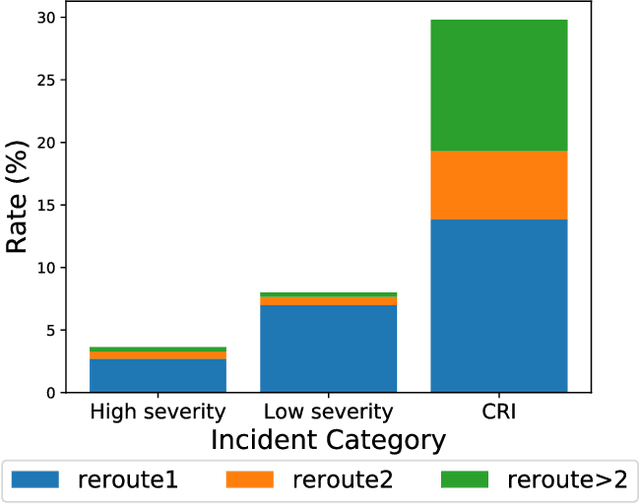
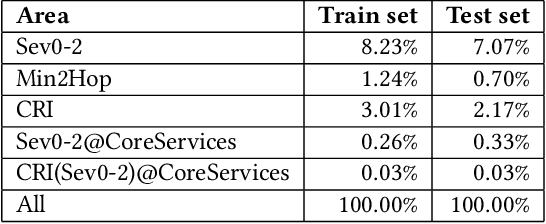
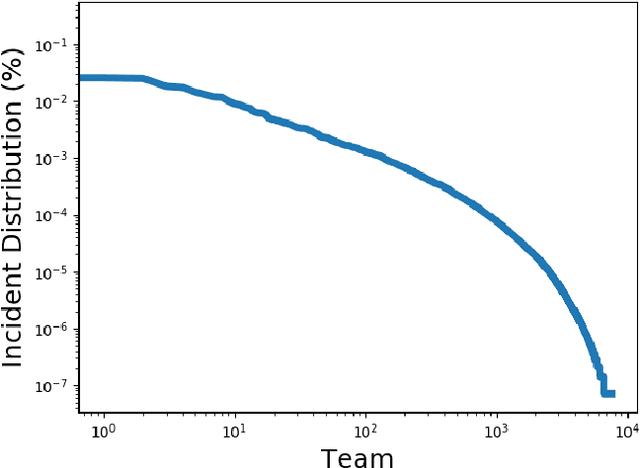
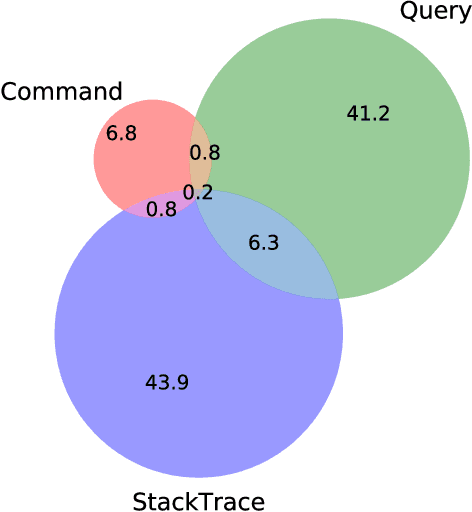
Abstract:As cloud services are growing and generating high revenues, the cost of downtime in these services is becoming significantly expensive. To reduce loss and service downtime, a critical primary step is to execute incident triage, the process of assigning a service incident to the correct responsible team, in a timely manner. An incorrect assignment risks additional incident reroutings and increases its time to mitigate by 10x. However, automated incident triage in large cloud services faces many challenges: (1) a highly imbalanced incident distribution from a large number of teams, (2) wide variety in formats of input data or data sources, (3) scaling to meet production-grade requirements, and (4) gaining engineers' trust in using machine learning recommendations. To address these challenges, we introduce DeepTriage, an intelligent incident transfer service combining multiple machine learning techniques - gradient boosted classifiers, clustering methods, and deep neural networks - in an ensemble to recommend the responsible team to triage an incident. Experimental results on real incidents in Microsoft Azure show that our service achieves 82.9% F1 score. For highly impacted incidents, DeepTriage achieves F1 score from 76.3% - 91.3%. We have applied best practices and state-of-the-art frameworks to scale DeepTriage to handle incident routing for all cloud services. DeepTriage has been deployed in Azure since October 2017 and is used by thousands of teams daily.
Machine Learning at Microsoft with ML .NET
May 15, 2019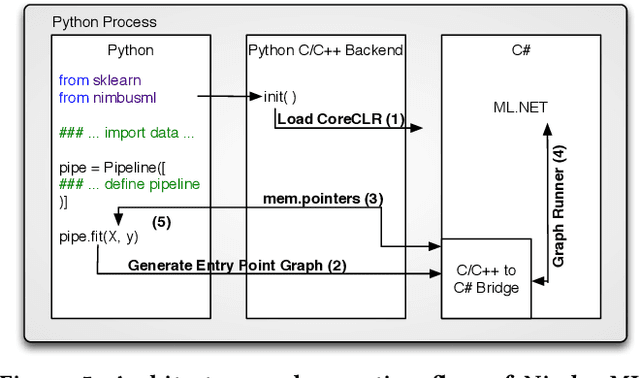
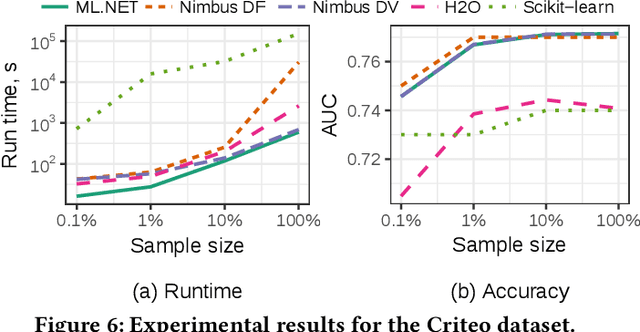
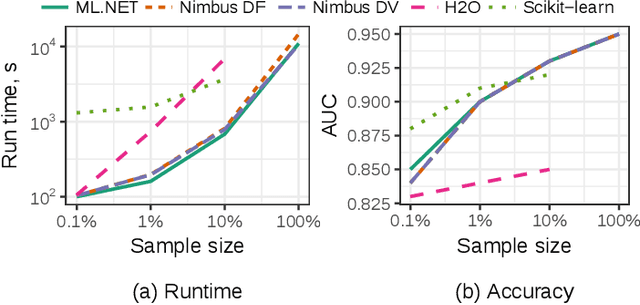
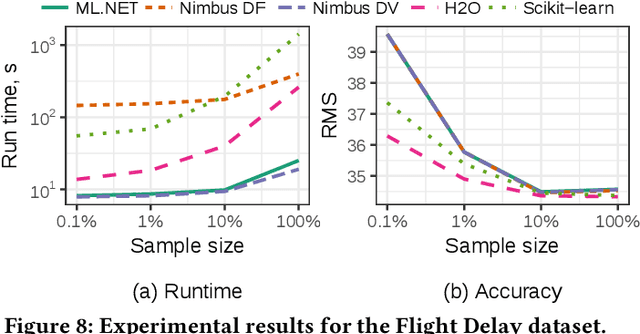
Abstract:Machine Learning is transitioning from an art and science into a technology available to every developer. In the near future, every application on every platform will incorporate trained models to encode data-based decisions that would be impossible for developers to author. This presents a significant engineering challenge, since currently data science and modeling are largely decoupled from standard software development processes. This separation makes incorporating machine learning capabilities inside applications unnecessarily costly and difficult, and furthermore discourage developers from embracing ML in first place. In this paper we present ML .NET, a framework developed at Microsoft over the last decade in response to the challenge of making it easy to ship machine learning models in large software applications. We present its architecture, and illuminate the application demands that shaped it. Specifically, we introduce DataView, the core data abstraction of ML .NET which allows it to capture full predictive pipelines efficiently and consistently across training and inference lifecycles. We close the paper with a surprisingly favorable performance study of ML .NET compared to more recent entrants, and a discussion of some lessons learned.
 Add to Chrome
Add to Chrome Add to Firefox
Add to Firefox Add to Edge
Add to Edge